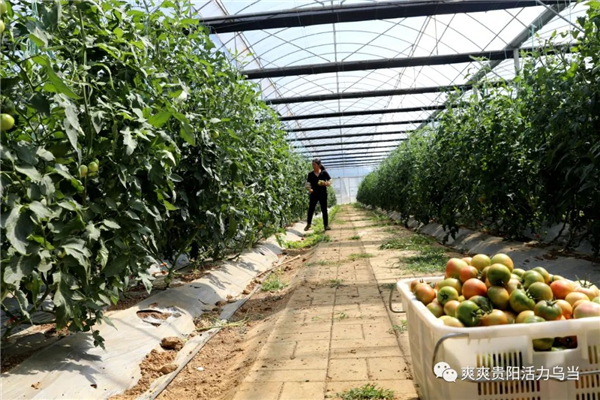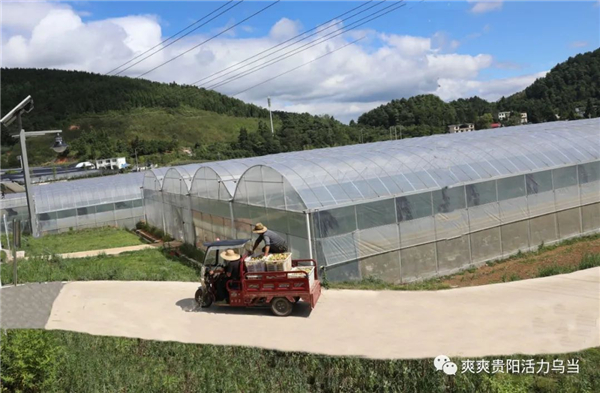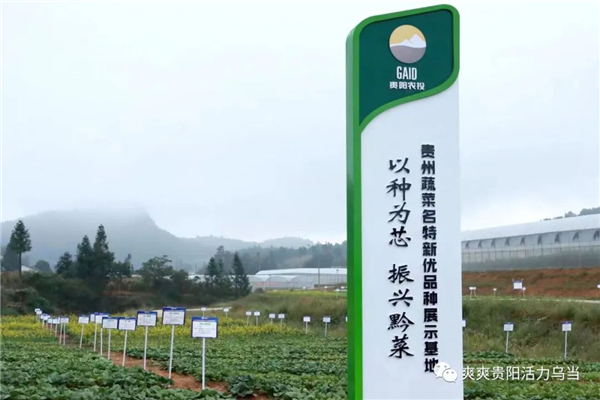Modern agriculture drives Wudang rural vitalization

Villagers pick tomatoes in a vegetable greenhouse, as a practice of the modern agriculture industry demonstration belt in Wudang district. [Photo/WeChat of Wudang district]
Wudang district in Guiyang, capital city of Southwest China's Guizhou province, is exploring mountain agriculture industry development to boost rural vitalization.
In so doing, Wudang initiated the modern agriculture industry demonstration belt construction in November 2020.
Over a one-year construction period, fields covering 22,000 mu (1,466.67 hectares) were included as part of the district's demonstration belt. They involve lands from around 1,600 households living in 14 villages in Yangchang town, Baiyi town and Xinchang town.
The demonstration belt first carried out a land fragmentation treatment project and then planted high-end vegetables on the standardized land.
Through investment promotion, land leasing and cooperative planting, business entities were incentivized to invest in the project and local farmers increased their incomes by leasing land and working in vegetable households.

Large-scale vegetable greenhouses are built in Wudang to boost rural revitalization. [Photo/WeChat of Wudang district]
Due to such efforts, vegetable greenhouses covering 129 mu have been built in Wudang, providing job opportunities for around 243 households.
In Jiagang village, the annual sales value of crops is about 5 million yuan ($750,187.55), generating 1.5 million yuan in profits.
The yield of tomatoes planted in the village is about 6.5 metric tons per mu, and its average price is about 5,000 yuan per ton.
The village's output of peppers is about 1-1.5 tons per mu, and the average price is 6,000 yuan per ton.
A total of 120 villagers from 87 households are now working for the village's vegetable greenhouses.
The average annual increase in income per household in Jiagang village was 21,100 yuan.

A view of a fine vegetable variety plantation in Wudang district [Photo/WeChat of Wudang district]
Presented by China Daily.
黔ICP备05001922号-3
